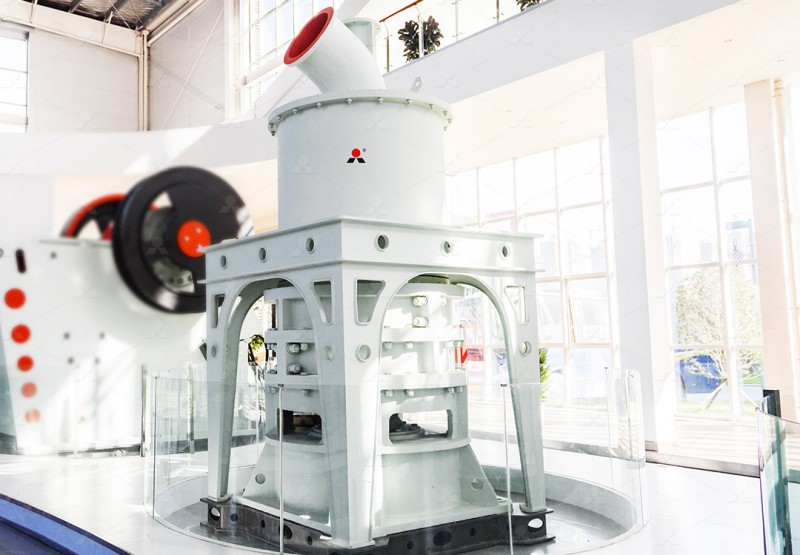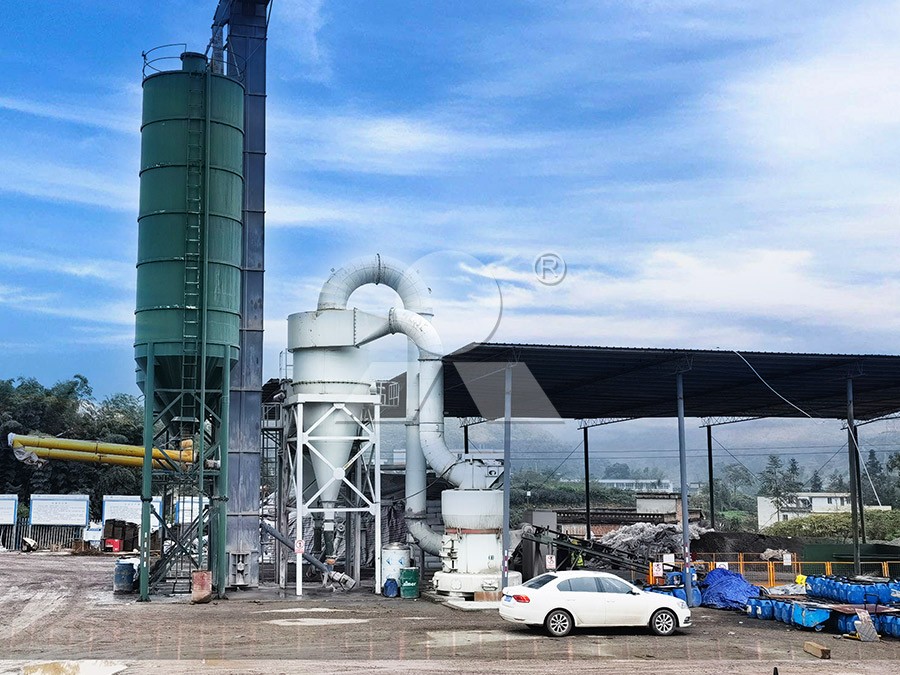High Efficiency Fine Grinding Mill for Ore Processing
High Efficiency Fine Grinding Mill for Ore Processing
In the competitive world of mineral processing, achieving optimal particle size distribution while maintaining operational efficiency remains a persistent challenge. The quest for finer grinding solutions has driven technological innovation, resulting in advanced milling systems that deliver superior performance across various ore types.

Modern grinding technology has evolved significantly from traditional ball mills to sophisticated vertical grinding systems that integrate multiple processes into single, compact units. These advancements have revolutionized how processing plants approach size reduction, particularly for valuable ores requiring ultra-fine particle sizes for maximum mineral liberation.
The Evolution of Grinding Technology
The transition from conventional grinding methods to high-efficiency systems represents one of the most significant improvements in mineral processing. Traditional approaches often suffered from high energy consumption, excessive wear part replacement costs, and limited control over final product specifications. Today’s advanced mills address these challenges through innovative engineering and smart design principles.
Among the standout solutions in this category is the MW Ultrafine Grinding Mill, specifically engineered for operations requiring ultra-fine powder production. This system handles input sizes up to 20 mm with capacities ranging from 0.5 to 25 tons per hour, making it suitable for various production scales. The mill’s integrated pulse dust collector and muffler system effectively minimizes environmental impact while maintaining workplace safety standards.
Key Technological Advancements
Modern fine grinding mills incorporate several critical innovations that set them apart from earlier generations of equipment. The implementation of newly designed grinding curves for rollers and rings has dramatically improved grinding efficiency, with some systems achieving production capacities 40% higher than jet mills and twice that of traditional ball mills while using only 30% of the energy consumption.

Adjustable fineness represents another significant advancement, with systems like the MW Ultrafine Grinding Mill offering precision control between 325-2500 meshes. This flexibility allows operators to quickly adapt to changing ore characteristics or market demands for specific particle size distributions.
Operational Advantages in Ore Processing
The structural design of contemporary grinding mills addresses many historical maintenance challenges. The elimination of rolling bearings and screws within the grinding chamber of systems like the MW Ultrafine Grinding Mill prevents common failure points and eliminates machine damage caused by loose fasteners. External lubrication systems enable continuous 24-hour operation without shutdowns for maintenance.
Environmental considerations have become increasingly important in mill design. Advanced pulse dust collection systems ensure no dust pollution occurs during operation, while integrated silencers and noise elimination rooms maintain compliance with stringent environmental standards. These features make modern grinding solutions suitable for operations in environmentally sensitive areas or near communities.
Application Versatility
High-efficiency fine grinding mills demonstrate remarkable versatility across various mineral types. From limestone, calcite, and dolomite to petroleum coal, gypsum, barite, and marble, these systems consistently deliver precise particle size reduction. Their application extends beyond traditional mining to chemical industries, paint production, cosmetics, pharmaceuticals, and food additives where ultra-fine powders are essential.

The digital revolution has also reached grinding technology, with numerical control machining ensuring exceptional precision in core components. This manufacturing approach guarantees consistent performance and extends equipment lifespan, providing operators with reliable, worry-free operation supported by comprehensive spare parts availability.
Frequently Asked Questions
What makes modern fine grinding mills more efficient than traditional systems?
Contemporary designs incorporate optimized grinding curves, advanced powder separation technology, and efficient drive systems that collectively reduce energy consumption by 30-50% while increasing throughput by 40-100% compared to conventional mills.
How does the MW Ultrafine Grinding Mill handle different ore hardness levels?
The system’s robust construction and adjustable grinding parameters allow it to process materials of varying hardness efficiently. The hydraulic or spring pressure systems can be calibrated to apply appropriate grinding force based on ore characteristics.
What environmental benefits do these grinding systems offer?
Integrated pulse dust collectors, mufflers, and sealed systems prevent dust emissions and reduce noise pollution. Energy-efficient operation also translates to lower carbon footprint per ton of processed material.
How does the adjustable fineness feature work?
Advanced cage-type powder selectors with German technology enable precise control over particle size distribution. Operators can adjust parameters to produce powders ranging from 325 to 2500 meshes with consistent quality.
What maintenance advantages do these systems provide?
Features like external lubrication systems, absence of internal screws and bearings in grinding chambers, and reversible structures for easy access to wear parts significantly reduce maintenance requirements and downtime.
